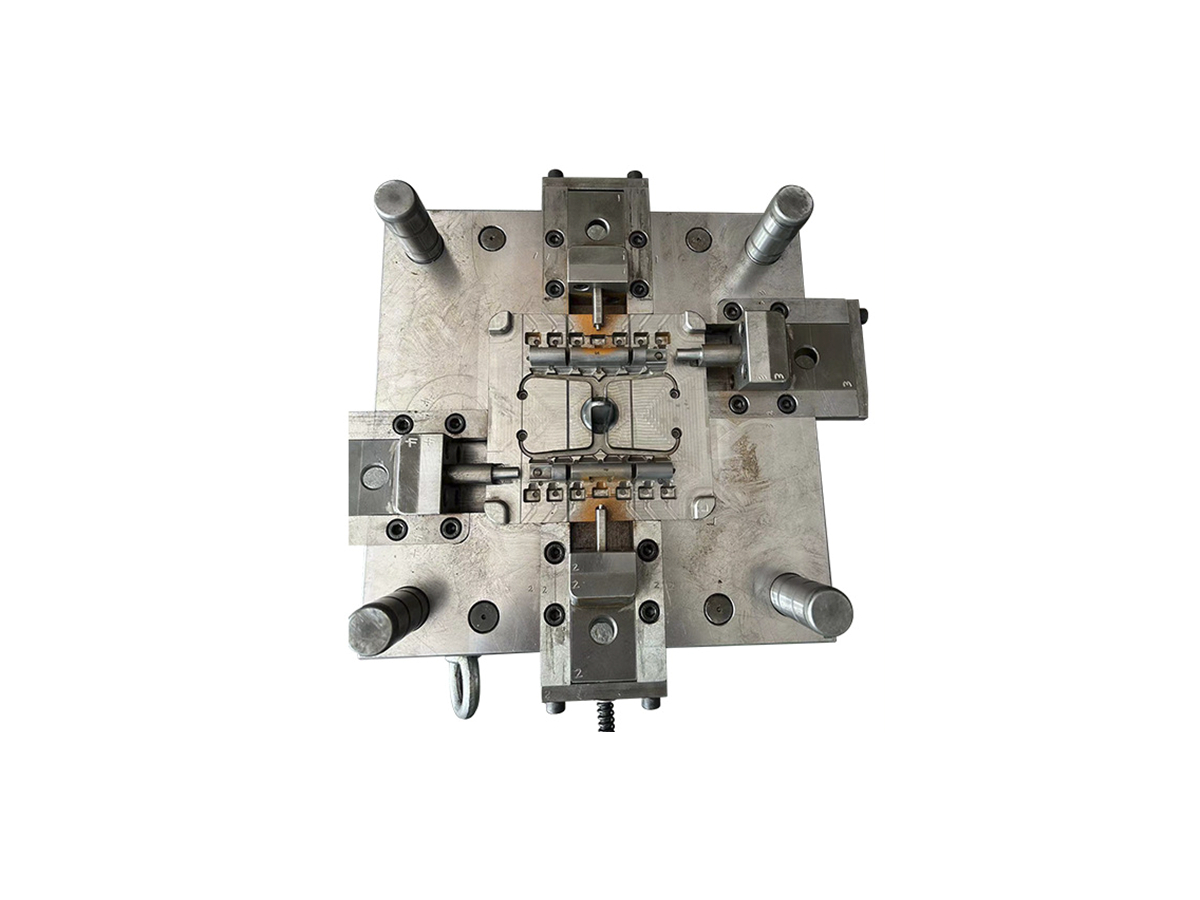What tolerances can you achieve in CNC post-machining after casting?
CNC post-machining enhances the dimensional accuracy of cast parts. The achievable tolerances depend on material properties, part geometry, and process controls. Below are detailed specifications aligned with our CNC Machining Service capabilities.
1. Standard Tolerance Ranges
Feature Type | Typical Tolerance (mm) | High-Precision Tolerance (mm) |
|---|---|---|
Linear Dimensions | ±0.10 | ±0.05 |
Hole Diameters | ±0.08 | ±0.03 |
Flatness | 0.15/100mm | 0.05/100mm |
Positional Tolerance | ±0.15 | ±0.06 |
Surface Roughness (Ra) | 3.2 μm | 0.8 μm |
Notes:
Aluminum Alloys (e.g., A380): Easier to achieve tight tolerances due to low cutting resistance.
Zinc Alloys (e.g., Zamak 5): Higher thermal expansion requires compensation in toolpath programming.
Copper Alloys (e.g., Brass 360): Softer materials may require reduced feed rates to maintain ±0.05mm.
2. Critical Influencing Factors
Material Behavior
Residual Stresses: Casting-induced stresses can cause distortion during machining. Before CNC operations, stress-relief annealing (e.g., at 300°C for aluminum) is recommended.
Hardness Variations: Secondary hardening in alloys like A413 Aluminum may require adaptive tooling.
Geometric Complexity
Thin Walls (<2mm): Risk of vibration-induced inaccuracies; tolerance relaxed to ±0.15mm without fixturing aids.
Deep Cavities (>5:1 L/D Ratio): Tool deflection limits hole positional accuracy to ±0.12mm.
Equipment & Tooling
5-Axis CNC Machines: Enable ±0.03mm on multi-plane features.
Carbide End Mills: Maintain ±0.02mm stability over 100+ parts vs. HSS tools (±0.05mm).
3. Industry-Specific Case Studies
Automotive Components
Engine Brackets: Achieve ±0.07mm on Aluminum A360 using in-process CMM verification.
Transmission Housings: Hold ±0.10mm flatness via vacuum fixtures during face milling.
Electronics
Heat Sink Fins: Maintain ±0.04mm fin thickness with high-speed machining (15,000 RPM).
Connector Housings: Meet ±0.03mm pin hole alignment using Zinc Zamak 3 and custom jigs.
4. Tolerance Optimization Strategies
Design Phase
Avoid sharp internal corners; use radii ≥0.5mm to reduce tool wear.
Specify non-critical dimensions to ISO 2768-mK (±0.30mm) to lower costs.
Process Controls
Implement real-time tool wear monitoring to correct deviations >±0.02mm.
Use cryogenic cooling for Copper C18200 to minimize thermal expansion errors.
Post-Machining Validation
100% inspection via CMM for mission-critical features.
Statistical process control (SPC) to maintain CpK ≥1.33.
5. Common Challenges & Solutions
Problem: Drilled Hole Oversize (±0.15mm)
Solution: Pre-machine pilot holes during casting, then finish with reamers (±0.015mm).
Problem: Warped Surfaces After Machining
Solution: Stress-relief annealing before CNC, paired with low-stress clamping.
For a free tolerance analysis of your cast-machined part, upload your CAD file to our engineering portal.



